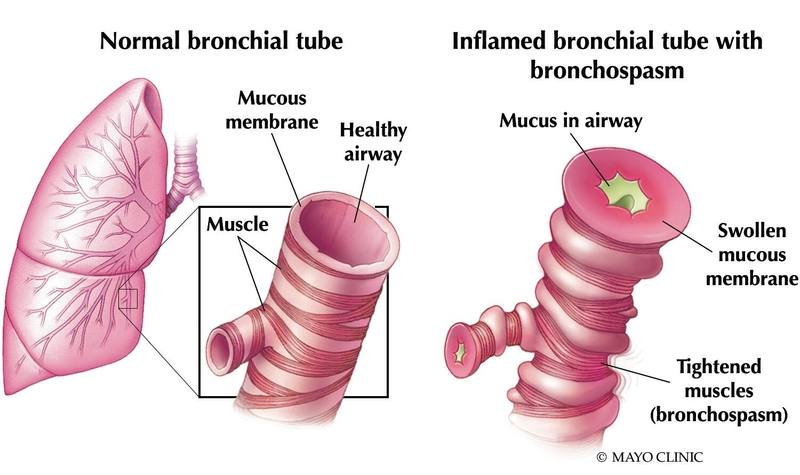-
Science Saturday
Science Saturday: Big data helps in understanding asthma biologic use, outcomes

According to the Centers for Disease Control and Prevention, about 25 million Americans have asthma, and that number is increasing every year.
In the last 10 years, a number of new medications have become available. Collectively referred to as 'biologics,' these therapies are made to target very specific parts of the body and its immune system. Although they each have different targets, they all are designed to prevent the inflammation that leads to asthma exacerbation.
However, it appears their use so far is pretty low in the U.S., despite the number of people who likely could benefit from the drugs.
In a series of recent publications, a group of Mayo Clinic researchers describe trends and disparities in asthma biologic use in the United States. They used the OptumLabs Data Warehouse — a massive database containing deidentified pharmacy and medical claims that are linked electronic health records — to find out more about when and how asthma biologic therapies are being used, and how effective the different medications seem to be for patients.
Read the rest of the article on the Advancing the Science blog.
____________________________________________
Other Mayo Clinic medical research websites:
- Research at Mayo Clinic
- Discovery’s Edge
- Mayo Clinic Laboratories
- Forefront
- Center for Individualized Medicine
- Center for Regenerative Medicine
- Center for the Science of Health Care Delivery







